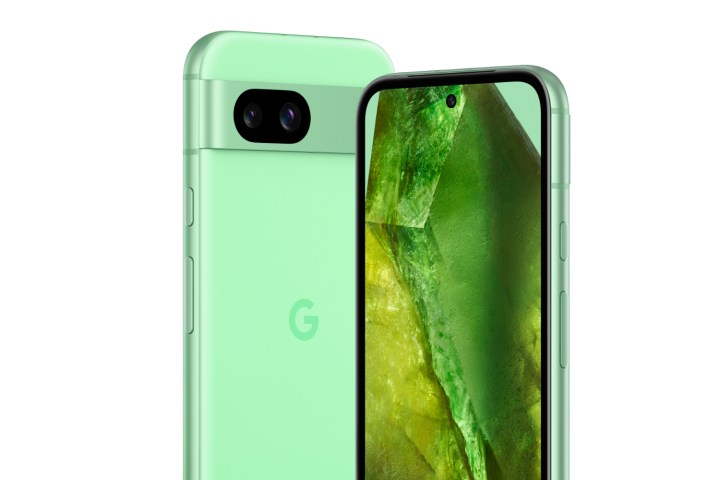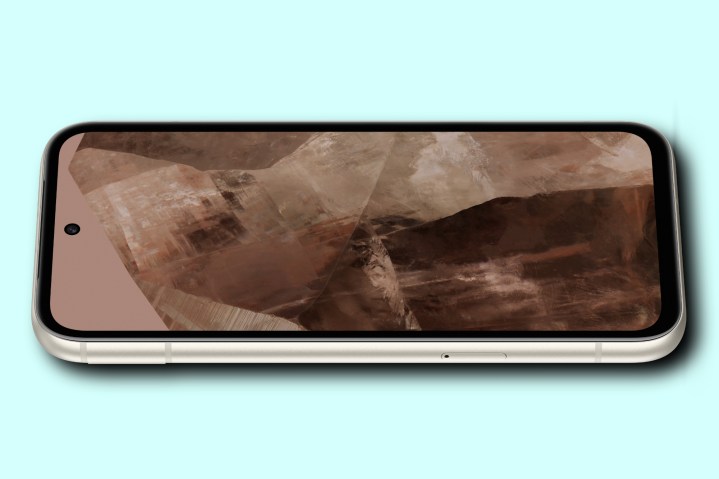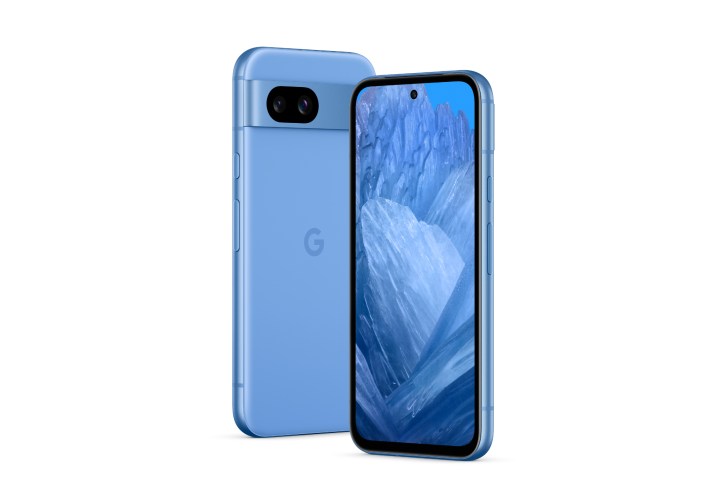
The Google Pixel 8a has just launched, and it comes with many upgrades that Pixel fans have been hoping for. These include some attractive new design flourishes, beefed-up hardware, a longer-lasting battery, and a higher-end display. You also get all the software features that make the Pixel series so appealing, including seven years of OS and security updates and Gemini Nano for more AI features.
But how does all of this compare to the already great Pixel 7a? Here’s a breakdown of the Google Pixel 8a’s six biggest upgrades over the Pixel 7a. For a closer look at all of the differences between the two phones, see our Pixel 8a vs. Pixel 7a comparison.
The Tensor G3 chip

The Tensor G3 chip is the big selling point for most Pixel fans. This is the chip that launched earlier on the Google Pixel 8 and Pixel 8 Pro. It’s based on Samsung’s 4-nanometer (4nm) fabrication process, making it more efficient than the 5nm G2. This will pay dividends in power efficiency, heat, and battery life. In testing, we found that the Tensor G3 ran cooler than previous generations, though it didn’t quite match the benchmarks of the Snapdragon 8 Gen 2 and Apple’s A17 Pro chip, which use a 3nm design. That said, the real benefits of the Tensor G3 come from the improvements to battery life, camera capabilities, and AI features, which we’ll discuss more below.
Other specs are fairly standard, with 128GB of storage in the base model and 8GB RAM, matching the Pixel 7a. But you also get a 256GB storage variant, which is a nice option for those who do a lot of downloading and gaming on their phone.
There’s also everything we loved about the previous models, with excellent camera capabilities, including a 64-megapixel main, 13MP ultrawide, and 13MP front-facing camera. The main sensor comes with Super Res Zoom up to 8x and a variety of camera features like Night Sight, Magic Eraser, Portrait Mode, and more. The only thing you’re really missing is the Pro controls you get on the Pixel 8 Pro.
Longer battery life

The Pixel 8a comes with a 4,492mAh battery, up from the 4,385mAh cell on the 7a. The increase in battery capacity, combined with the more power-efficient Tensor G3 and software optimizations, should result in a 15% increase in battery life compared to the Pixel 7a.
This is a particularly welcome change because, as noted in our Pixel 7a review, “If this were my primary phone, I definitely don’t see it lasting more than a day with heavy use. Even when I was just out taking photos with the Pixel 7a, the battery would drain faster than I’d like, and it also tends to get warm. It doesn’t appear that the Tensor G2 chip did a lot of improving on the power efficiency front, unfortunately.”
A 15% improvement in runtime could mean an hour or more of additional usage, though we’ll need to put the Pixel 8a through real-world testing to know for sure. It also comes with 18W wired charging and Qi wireless charging at 7.5W, both of which are unchanged from the 7a, where we found the wireless charging was a nice feature, but it was slow to charge even compared to the Pixel 7.
Feast your eyes on this screen

We’re most excited about the improvements to the Pixel 8a screen. It comes with a 6.1-inch 2400-by-1080 OLED panel with a crisp 430 pixels per inch (ppi). The resolution is the same as the Pixel 7a, but the Pixel 8a has a 120Hz refresh rate, making it notably smoother and more responsive-feeling than the 90Hz you got with the last generation.
It’s also worth noting that this is a gOLED display rather than the pOLED display you get on the Pixel 8. Despite being slightly different, the Pixel 8a should give you the dense, inky blacks and rich, vivid colors that OLED is known for while using less power.
Among other features, you get much higher brightness, with the Pixel 8a capable of hitting 1,400 nits at high brightness (for HDR content) and 2,000 nits at peak brightness, giving it a 40% higher peak brightness than the Pixel 7a. You should never have a problem viewing this screen in direct sunlight. The panel is also protected by Corning Gorilla Glass 3, the same as the Pixel 7a.
Gemini Nano for more AI features

We’ve talked a lot about hardware, but one of the things we’re most excited about is what’s going on under the hood. The Pixel 8a is the only phone under $500 that comes with Gemini Nano, Google’s on-device AI that first came to the Pixel 8 Pro and Galaxy S24 series before rolling out to the Pixel 8.
In short, Gemini Nano will allow the Pixel 8a to run certain AI features entirely on-device, allowing for faster AI operations without the need for an internet/data connection. Some examples of AI features it improves are Gboard smart replies and conversation summaries from recordings in the Google Recorder app.
Speaking of smarts, the Pixel 8a has a lot of them. You get great safety features like car crash detection, crisis alerts, and safety checks, which are all things we’ve seen roll out to Apple and Samsung devices.
7 years of updates

Last but by no means least, we have an underrated but incredibly compelling change — the Pixel 8a now provides seven years of OS and security updates, including Feature Drop updates. This is a big jump from the three years of major Android updates and five years of software support the Pixel 7a provides. You can reasonably use the Pixel 8a for the better part of a decade without worrying that your device is compromised.
For the more security-conscious, several nice features are bundled into the device. You get a VPN by Google One at no additional cost, end-to-end security, and the multiyear hardware security that comes from the Titan M2 co-processor.
A matter of taste

The Pixel 8a isn’t a dramatic departure from its predecessor in design, coming with the same visor for the camera bump made out of aluminum and overall footprint, but it does come with several design flourishes Pixel fans might like.
For one, the Pixel 8a has a more rounded shape compared to the more angular Pixel 7a, so it may be slightly easier to grip with one hand. More significantly, the high gloss plastic back is gone in favor of a matte finish and satin aluminum frame. Ideally, that should make it less of a fingerprint magnet when you’re using it without a case.
Measurements aren’t much different, though, with the 8a measuring 6.0 by 2.9 by 0.4 inches (HWD) and weighing 6.8 ounces, essentially identical to the 7a. However, there’s an eye-catching new Aloe color option that looks kind of like a vivid mint green. This is in addition to the standard Obsidian, Porcelain, and Bay colors.
Other features include IP67 water and dust resistance, putting the Pixel 8a just a notch below the IP68 Pixel 8 and 8 Pro.
The Pixel 8a is available for preorder now on the Google Store and through third-party retailers for $499. It will be available as soon as Tuesday, May 14.
Editors' Recommendations
- The Google Pixel 8 is about to get a long-awaited update
- Can a $500 Pixel phone beat a $1,000 iPhone in a camera test? I found out
- These are two of the most confusing Android phones I’ve used in 2024
- Google Pixel 9: news, rumored price, release date, and more
- The 4 biggest things Google didn’t announce at Google I/O 2024

